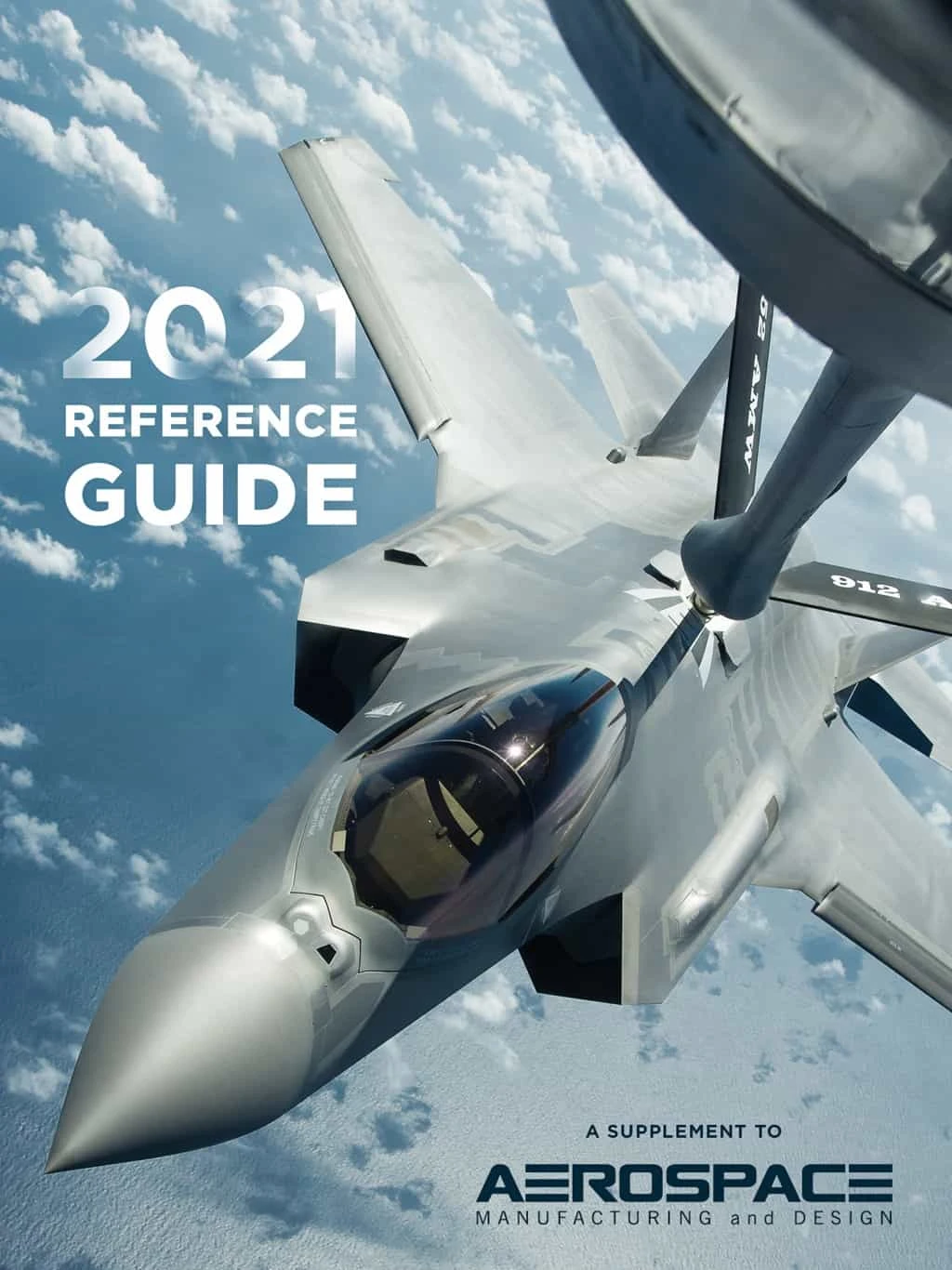
Stealth and supersonic are two attributes of the most dominant and complex military combat fighter jet in the world, Lockheed Martin’s F-35 Lightning. These words also describe the ultra-precise Starrag machines, with more than 60 installations involved in the creation of each Lightning jet.
It takes a single pilot to maneuver the $100 million jet, but it takes thousands of Joint Strike Fighter (JSF) partners to construct the F-35 Lightning.
“It’s heart stopping when you attend an air show or are at a stadium when the U.S. military conducts a flyover with the F-35,” says Starrag Chief Sales Officer Alexander Attenberger. “We swell with pride knowing that Starrag plays a role in the JSF program, which is planned to continue for possibly another 50 years.”
Starrag machines produce a wide range of JSF specialized components using steel, aluminum, and titanium.

Starrag and the JSF
Starrag joined the F-35 program in the early 2000s when it worked on titanium parts with a U.K.-based customer. Starrag previously had developed tailored machines for machining parts for other aircraft for this customer and other manufacturers.
“Starrag’s extensive experience of machining titanium was extremely competitive, particularly in regard to tool costs,” the largest ongoing machining life cycle cost, says Starrag Managing Director Dr. Bernhard Bringmann. Work soon evolved into Starrag’s Big Titanium Profiler (BTP) machining center with 16ft x 6.5ft (5,000mm x 2,000mm) pallet sizes to accommodate JSF stringers. Today, 23 BTPs are in production factories in the U.K. and Australia.
With 737ft-lb (1,000N•m) twin spindles and a tool magazine with more than 400 pockets, the BTP 5000/2 simultaneously mills titanium tail-fin components: 27.6" to 31.5" (700mm to 800mm) wide, 2.0" (50mm) thick to tolerances within 0.00118" (30µm) and to surface finish qualities of Ra 1.6 (for 5-axis tasks) and Ra 0.8 (3-axis). Starrag’s quality turnkey solutions include constructing a 6.5ft (2m) deep machine foundation to ensure stability.
“With our ongoing support, there is no reason why our JSF customers shouldn’t continue to maintain such high accuracies day-in and day-out for the next five decades,” Bringmann says. “For every machine and flexible manufacturing system (FMS) we provide, we work very closely with the customer to provide the perfect machining solution to achieve the best quality and cost-effective end result.”

Gantry-type 6-axis machines
Starrag brand Droop+Rein FOGS overhead gantry-type 6-axis machining centers support high-speed die finishing for the JSF, especially because of fixed, fork-type heads with 221ft-lb (300N•m) spindles. Starrag continuously developed its FOGS models to efficiently rough machine a range of steel and titanium F-35 components using various heads.
For carbon fiber, a Starrag FMS, based around FOGS machines, is housed in a large, temperature-controlled building. It accommodates certain panel configurations that need surface milling, routing, and drilling in a single setup before being cleaned and passed along to an integrated coordinate measuring machine. The workpieces sit in fixtures on the pallets that are moved under constant vacuum to the inspection machine.
In addition, the FMS features an enhanced control software, Starrag’s kinematic management system that enables the FOGS machines to hold tolerances of 50µm across their entire 15.7ft x 9.8ft x 5ft (4,800mm x 3,000mm x 1,500mm) working envelope while cutting in fully interpolative 5-axis mode. Even the earliest machines installed continue to hold specified volumetric tolerances. Initially established with five machines, the FMS now has nine machines served by a 90-pallet Fastems system.
Starrag’s workable concept of interchangeable machined parts was also born from the JSF program. With parts being manufactured from around the world, the JSF program required all components to meet very stringent tolerance interchangeability specifications. Starrag, which had similar accuracy specifications for production of the Eurofighter Typhoon jet, met those stringent interchangeability standards. Initially supplying a tailored horizontal machining center, Starrag added volumetric compensation routines to a standard FOGS model to complete these complex tasks.
Starrag’s expertise, coupled with customer input, creates optimized production solutions. In addition to machine build quality, this ongoing quest involves CNC software, fixtures, and workholding, as well as tool design and development.
“Our solutions not only have to provide immediate results in terms of lowest cost per part at the expected quality level, but they also have to sustain over the part’s life cycle. In JSF’s case, this could mean another 50 years of flight,” Bringmann says.

Explore the AMD Reference Guide 2021 Issue
Check out more from this issue and find your next story to read.
Latest from Aerospace Manufacturing and Design
- Piasecki acquires Kaman's KARGO UAV program
- PI Americas’ long-travel XY piezo nanopositioners-scanners
- AAMI project call submission deadline extended to May 12
- Jergens launches cast iron tooling column additions
- Airbus to acquire assets relating to its aircraft production from Spirit AeroSystems
- FANUC America's Cobot and Go web tool
- Chicago Innovation Days 2025: Shaping the future of manufacturing
- High-density DC/DC converters for mission-critical applications





